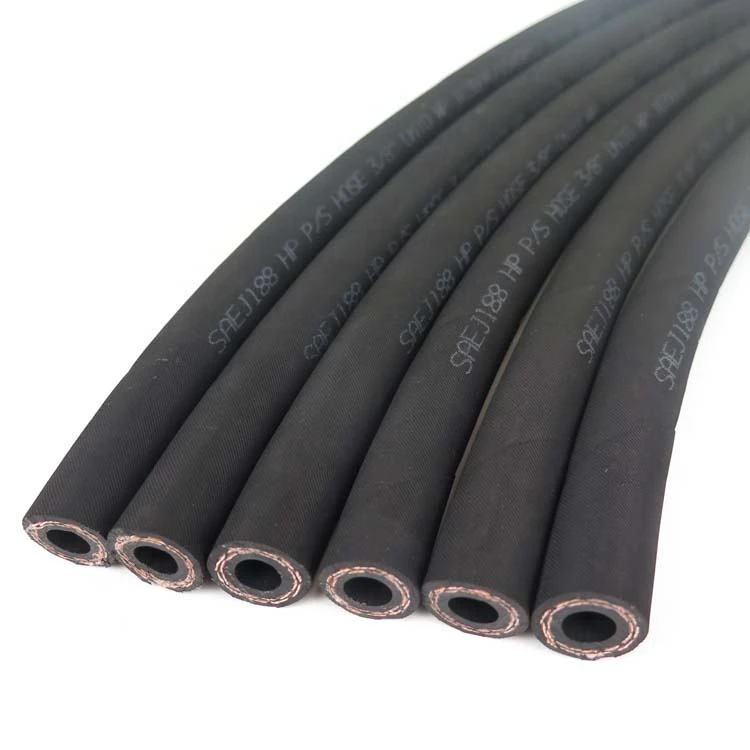R134A Refrigerant Recharge Hose Guide for Efficient Air Conditioning Maintenance
Understanding R134a Refrigerant Recharge Hose An Essential Guide
R134a refrigerant plays a crucial role in today’s refrigeration and air conditioning systems, widely used in automotive and residential applications. As technology evolves, the recharge of refrigerants has become a common task for many vehicle owners and technicians. One of the key tools in this process is the R134a refrigerant recharge hose. This article aims to provide a comprehensive understanding of the R134a recharge hose, its functions, how to properly use it, and some safety considerations.
What is an R134a Refrigerant Recharge Hose?
The R134a refrigerant recharge hose is a specialized tool designed to connect refrigeration systems to refrigerant containers. It allows for the transfer of R134a refrigerant into the system when levels drop below optimal functioning capacity. This tool typically includes a durable, pressure-rated hose with fittings that connect easily to the service ports found on air conditioning units or vehicle refrigerant systems.
Components of a Refrigerant Recharge Hose
The basic components of an R134a recharge hose include
1. Hose Made from high-quality materials capable of withstanding high pressure, it ensures safe transfer of refrigerant. 2. Fittings These connect the hose to the refrigerant canister and the vehicle's service port. They are designed to prevent leaks and ensure a tight seal. 3. Pressure Gauge Many hoses come equipped with a pressure gauge that allows users to monitor the pressure in the system. This is vital for determining whether the system needs refrigerant recharge or maintenance. 4. Trigger Handle On some models, a trigger handle allows for controlled release of the refrigerant during the charging process.
How to Use an R134a Refrigerant Recharge Hose
Using an R134a recharge hose is straightforward, but it’s essential to follow specific steps to ensure safety and effectiveness
1. Preparation Before you start, make sure you have the appropriate R134a refrigerant and a recharge hose. Also, ensure you have safety goggles and gloves. 2. Locate the Service Port Find the low-pressure service port on your vehicle or refrigeration unit. This is crucial as connecting to the wrong port can lead to system damage.
r134a refrigerant recharge hose

3. Connect the Hose Attach the fitting of the recharge hose to the low-pressure service port. Ensure it is securely connected to prevent leaks.
4. Check the Pressure Before adding refrigerant, check the gauge on the hose. This will give you an idea of whether the system is undercharged, overcharged, or at optimal levels.
5. Add Refrigerant If the system needs refrigerant, follow the manufacturer's instructions regarding the amount needed. Use the trigger handle to release the refrigerant gradually to avoid overfilling.
6. Disconnect the Hose Once the recharge is complete, turn off the valve to stop the refrigerant flow, and disconnect the hose carefully.
7. Check for Leaks After recharging, examine the connections for any signs of refrigerant leakage before running the system.
Safety Considerations
While using an R134a refrigerant recharge hose is generally safe, following certain precautions is vital
- Personal Protective Equipment Always wear safety glasses and gloves during the process to protect against accidental exposure to refrigerant. - Ventilation Work in a well-ventilated area. Refrigerants can be harmful if inhaled in significant quantities. - Check for Leaks If you detect a hissing sound or smell refrigerant, stop the process and check for leaks. Address any leaks before proceeding. - Proper Disposal If you have leftover refrigerant or empty cans, follow local regulations for proper disposal to minimize environmental impact.
Conclusion
The R134a refrigerant recharge hose is an essential tool for anyone maintaining refrigeration systems. Understanding its components, proper usage techniques, and safety protocols can make the charging process efficient and safe. Whether you’re a DIY enthusiast or a professional technician, mastering the use of this tool can prolong the life of air conditioning systems and ensure optimal climate control in vehicles and homes alike. Following these guidelines will not only enhance your skills but will also ensure a safe and effective refrigerant recharge experience.
-
Ultimate Spiral Protection for Hoses & CablesNewsJun.26,2025
-
The Ultimate Quick-Connect Solutions for Every NeedNewsJun.26,2025
-
SAE J1401 Brake Hose: Reliable Choice for Safe BrakingNewsJun.26,2025
-
Reliable J2064 A/C Hoses for Real-World Cooling NeedsNewsJun.26,2025
-
Heavy-Duty Sewer Jetting Hoses Built to LastNewsJun.26,2025
-
Fix Power Steering Tube Leaks Fast – Durable & Affordable SolutionNewsJun.26,2025

